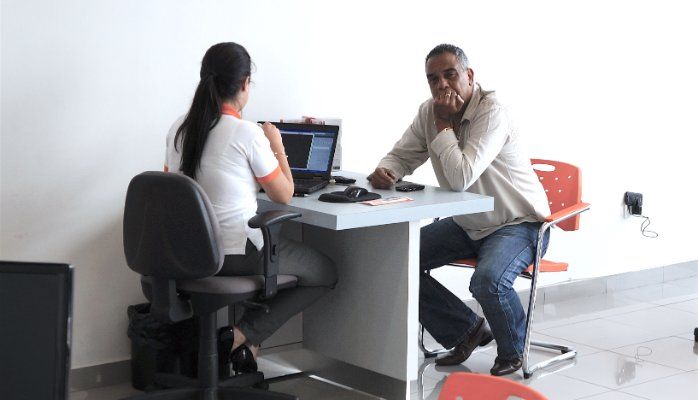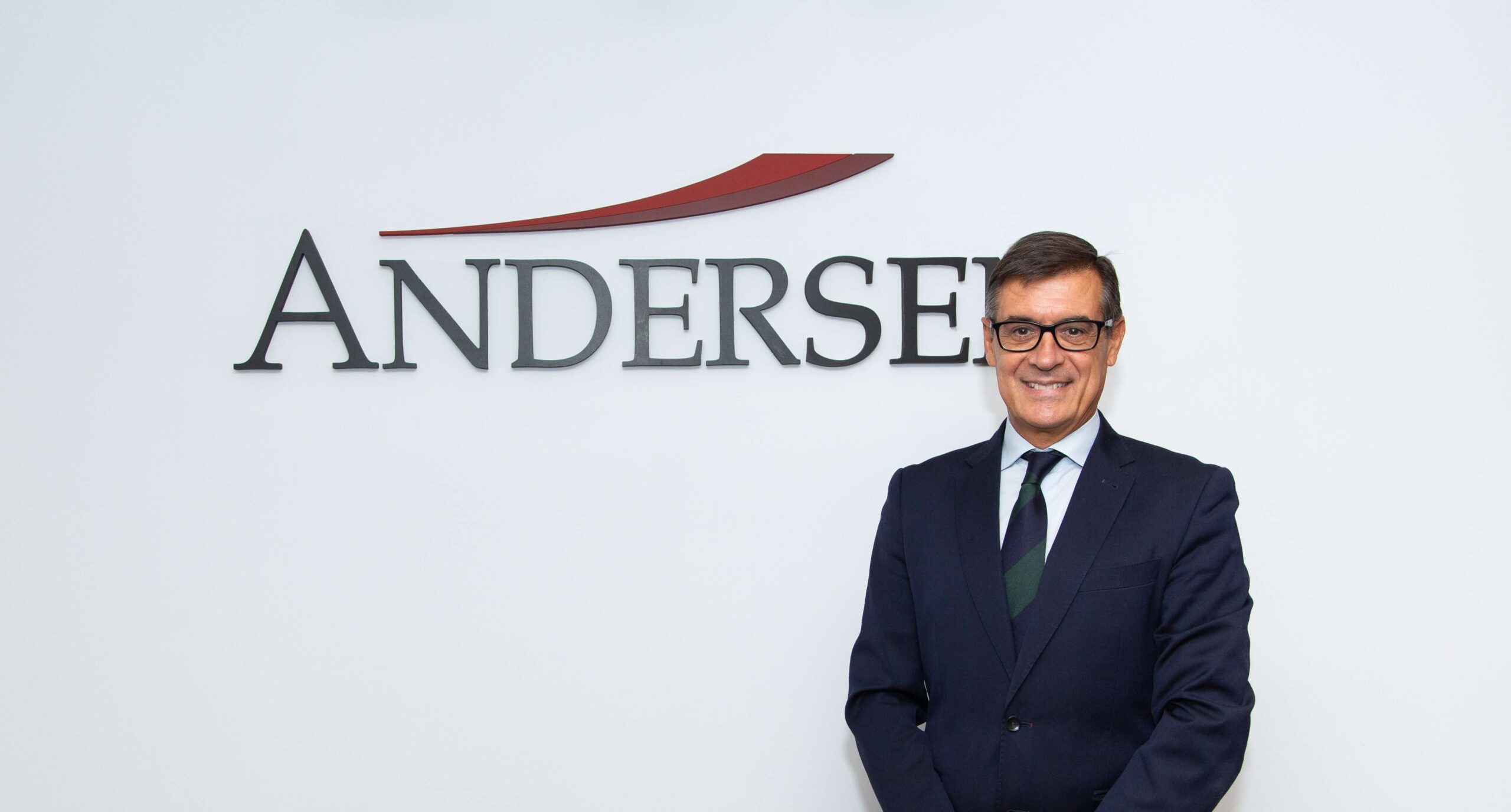The decision to buy a new car, the satisfaction with the service in a restaurant or the confidence in a savings product, is largely determined by the person with whom we have interacted.
If this is so, the WHAT (tasks, knowledge...) and the HOW (empathy, eagerness to serve,...) have to be designed, implemented and measured, in order to achieve the desired customer experience.
The target performance of our people should be defined by our client's needs and by the brand proposal, seeking a minimum variability in that performance.
Among the companies that are committed to customer experience management (CEM), we see progress in the CEM approach to the product, in the adjustment of processes and in the improvement of channels and physical points of contact. However, it seems that it is much more difficult to orient employees towards this approach. My opinion is that behind this there is a problem of definition on how to bring the strategy to the "one to one with the customer", to the concrete service encounter. They have not been well trained, their performance is not measured and there is no effective feedback for improvement.
To talk about concrete things and as an example, I will describe some aspects related to CEM strategy and employees that we have found to be a success factor.
- Resource management with EMF approach.
In CEM models that are highly leveraged on the performance of people, a high and continuous pressure of demand will lead to an erosion of the delivered experience, if our capacity to respond to this demand is not adequate.
In these situations, employees naturally tend to save efforts on elements such as personalization or empathy with the customer, in order to focus on the more "procedural" aspects, and the consequences in the medium term can be disastrous.
In this context, any improvement in employee replacement agility, reduction of learning curves (by standardizing tasks for example), coordination with demand generating areas (marketing campaigns or promotions) is important - all this is easy to say but not so easy to do, especially in dynamic environments, with high employee turnover rates and requiring a lot of training to do the job well.
If we have these problems with demand, I recommend setting and communicating to the organization standards of experience that we will not waive in the interaction with the customer. This approach is much more effective, both from a customer and service management point of view: we will generate less dissatisfaction and rework than if we put the pressure on employees to "find" the solution to the problem.
The classic debate about allowing a reserve margin on service capacity (a real anathema to finance departments), I believe, is biased: why not factor into the budget the costs of customer re-calls or re-visits that bad service generates, not to mention the dissatisfaction or negative feedback we will receive?
- Measuring the "service climate".
If employees are important to the customer experience, let's constantly track what we call "service climate", which is the assessment by the employees themselves of the quality of the service they provide and their level of recommendation . which is the employees' own assessment of the quality of the service they provide and their level of recommendation of it. There is a strong correlation between this metric and customer perception. Let's also use this to involve teams in the design of improvements.
- To give control to the person in charge of the point of contact.
If we are clear about the factors that affect the customer experience at each touch point, let's give control tools to the owner of the touch point (team managers, store or area managers, etc.). There is no need for great sophistication: the old "checklist" has proven time and again to be very valid (something simple can be done digitally), forcing a fixed control (daily, weekly and monthly) of what is important for the experience. If the organization also responds to the shortcomings detected, we will have the manager involved with the CEM.
- Consistent measurement and clear standards.
Metrics should be an obsession. Let's measure employee performance on what determines the customer experience. Today technology provides us with many options in this regard, but the lack of technology cannot be an excuse: traditional "mystery shopping" is also very effective. If we opt for this tool, it must be meaningful in the sampling and go to what is important, with frequent tracking, and be aligned with what managers are measuring at the point of contact with their checklists.
- We are all part of CEM.
In an organization where the only customer relations are sales and customer service, it will be difficult to embrace the CEM model.
Often we perceive not only disinterest, but a direct refusal to approach the customer, perhaps because we are afraid of being blamed for things we have done wrong? It may be uncomfortable but it is necessary: everyone in the organization (starting with management) should spend time listening to customer complaints, everyone who enters the company should go through a store and act as a salesperson. I'm not talking about setting sales targets or resolving complaints, just something as basic as seeing the face and hearing the voice of our customers. That alone can change points of view and prepare us for something called empathy.
- Design, implement, improve.
If we are clear about the CEM strategy and our people are just another point of contact, let's define the details of their performance, how they relate to customers, what is expected of them. Let's train this until it is well understood and support (coaching, feed-back) in the field.
Let's think of the simile of theater and cinema: each actor has his own personality but there is a script, scenes and a soundtrack: with these means the desired emotions are provoked in the spectator (client).
- CEM workspaces.
The physical space in workplaces is also influential. We have seen organizations that have arranged their workspace with the structure of their customer lifecycle. That is, areas that manage consecutive cycle moments also sit together in the office, with no physical barriers. There is no data on how this influences the improvement of the experience, but I can assure you that communication between interdependent areas flows much better.
Other important factors are frequent recognition, linking variable compensation to experience metrics, or better targeting the recruitment and selection of people with the competencies needed for our CEM. We will talk about these at another time. These issues are closely linked to the Human Resources area. By the way, I believe that this area should play a much bigger role in the CEM strategy than it does now.






